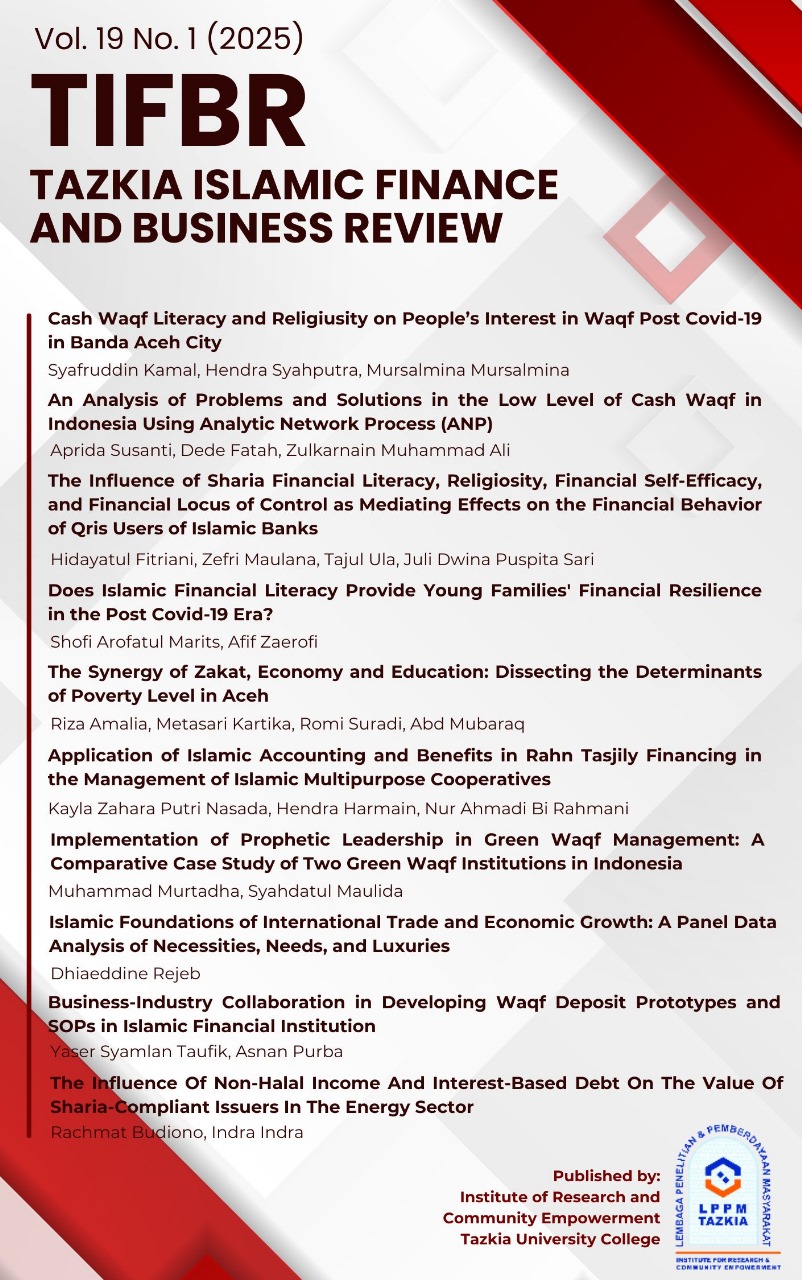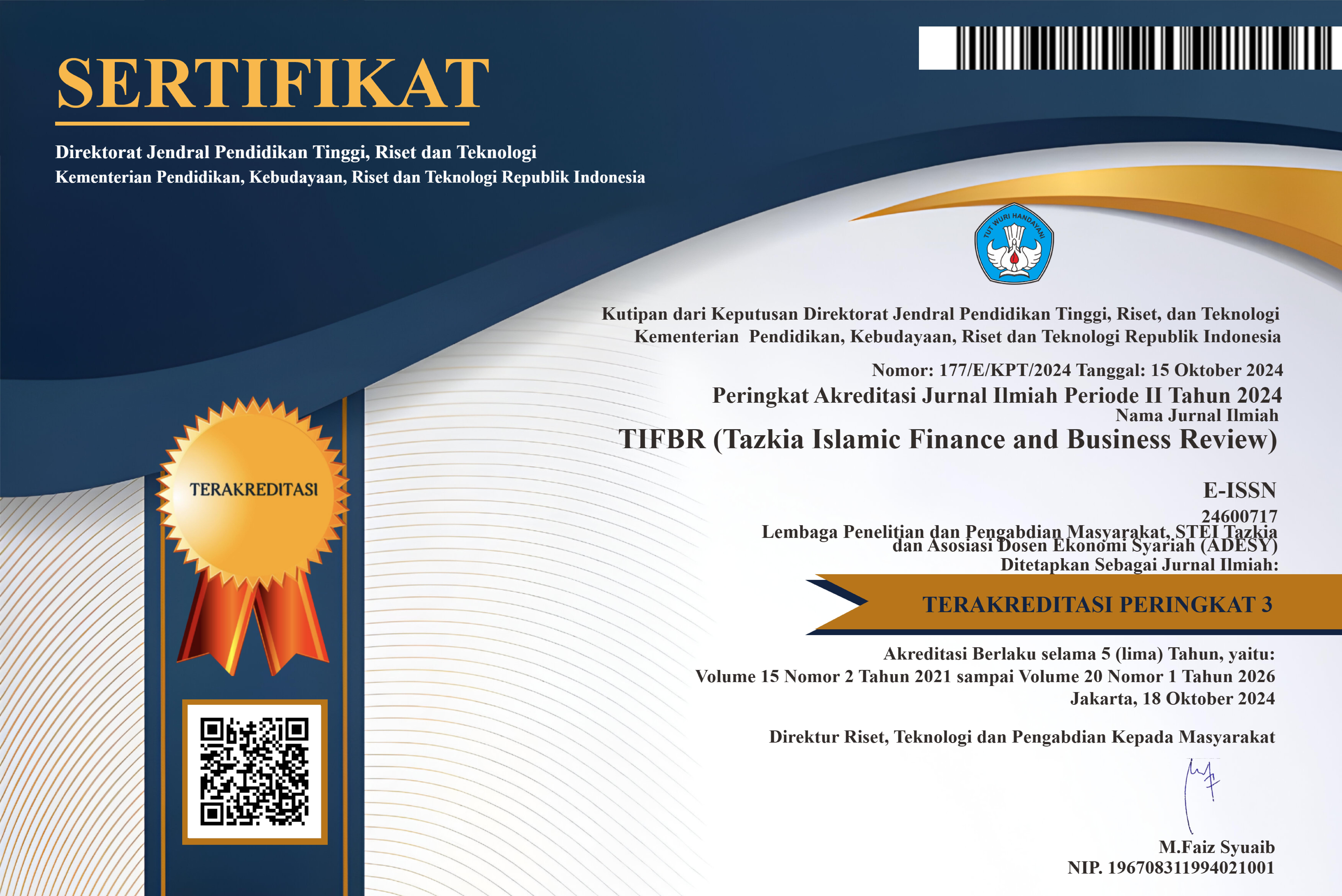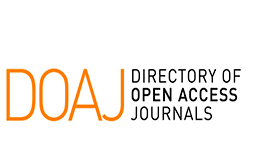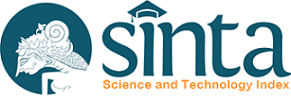The Synergy of Zakat, Economy and Education: Dissecting the Determinants of Poverty Level in Aceh
DOI:
https://doi.org/10.30993/tifbr.v19i1.403Abstract
Aceh is a province in Indonesia with a Muslim-majority region and applies special autonomy and qanun, but there is a paradoxical phenomenon in this region where a significant increase in zakat distribution, economic growth, and education is actually followed by an increase in the number of poor people. This study aims to test and analyze the effect of zakat, economic growth and education on poverty rates in 23 districts / cities of Aceh Province in 2011-2021. The research method used in this study is using a descriptive quantitative approach using secondary data. The analysis technique uses panel data regression which includes cross section data (23 districts / cities) and time series data (2011-2021). Data obtained from the official websites of Baitul Mal Aceh and the Central Bureau of Statistics of Aceh Province. The results showed that zakat and education partially had a significant negative effect on the poverty rate in Aceh, this identified that zakat and education succeeded in reducing poverty in Aceh. However, it is different with economic growth where the results show that partially economic growth has a positive but insignificant effect on the poverty rate. This indicates that an increase in economic growth causes an increase in the poverty rate in Aceh. Simultaneously, zakat, economic growth and education variables together have a significant effect on poverty reduction in Aceh.
Downloads
Published
How to Cite
Issue
Section
License
Copyright (c) 2025 Author and Publisher

This work is licensed under a Creative Commons Attribution-NonCommercial-ShareAlike 4.0 International License.

Tazkia Islamic Finance and Business Review (TIFBR) is licensed under a Creative Commons Attribution-NonCommercial 4.0 International License.
Authors who publish with this journal agree to the following terms:
- Authors retain copyright and grant the journal right of first publication with the work simultaneously licensed under a Creative Commons Attribution License that allows others to share the work with an acknowledgment of the work's authorship and initial publication in this journal.
- Authors are able to enter into separate, additional contractual arrangements for the non-exclusive distribution of the journal's published version of the work (e.g., post it to an institutional repository or publish it in a book), with an acknowledgment of its initial publication in this journal.
- Authors are permitted and encouraged to post their work online (e.g., in institutional repositories or on their website), as it can lead to productive exchanges, as well as earlier and greater citation of published work (See the Effect of Open Access).

















